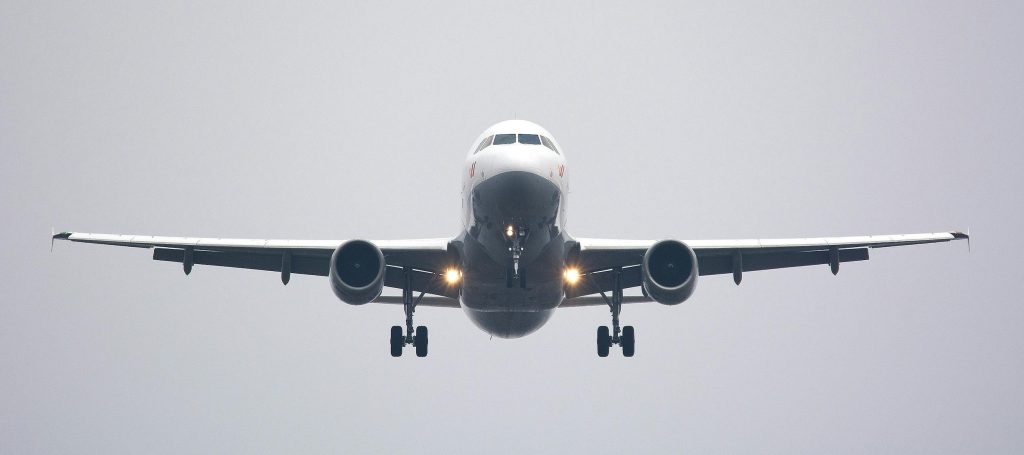
Operations efficiency and aviation safety depend on the proper maintenance of aircraft. Every good flight depends on thorough inspection, repair, and preventative maintenance done by qualified experts.
These four fundamental features of airplane maintenance show the reason modern aviation depends on this discipline.
1. Regular Inspection Schedules Are Mandatory
The maintenance schedule of an aircraft depends on multiple factors including its model, lifespan, and operational frequency. These examinations range from basic pre-takeoff inspections to comprehensive maintenance based on specific flight duration requirements. For commercial planes, the Federal Aviation Administration (FAA) mandates minimum inspection intervals, requiring daily, weekly, and monthly system evaluations. Major maintenance procedures like C-checks and D-checks can extend over several weeks, requiring either partial or complete dismantling of the aircraft.
Airlines must maintain detailed documentation of all maintenance activities—including component replacements and repairs—which must be readily available for regulatory review. Failure to meet these documentation requirements can result in hefty fines and possible aircraft suspension until standards are met. These detailed inspection protocols extend aircraft service life and detect potential issues before they compromise safety.
2. Maintenance Technicians Require Specialized Certification
Before working on aviation systems, airplane maintenance personnel have to finish demanding education and certification requirements. Completing an FAA-approved training program entitles one to the Airframe and Powerplant (A&P) license. This certification calls for passing extensive written tests. Candidates have to pass oral tests additionally. Another necessary necessity is practical tests proving hands-on knowledge. The main certification approved in the United States is the A&P license. Among many other specialized fields, these experts must show mastery in electrical systems, hydraulics, propulsion, avionics, structural maintenance, and many more. Maintenance professionals have to finish frequent recurring training to remain current with developing technology and practices beyond the first certification.
Usually starting with apprenticeships when eager technicians work under seasoned mentors to acquire useful skills complementing their theoretical knowledge, the professional path follows. Technicians, even with years of expertise, have to be absolutely perfect in detail, as ignoring even little problems might have major safety consequences. Many technicians also increase their knowledge by pursuing qualifications for certain aircraft models or sophisticated systems. The certification process guarantees that only certified people handle the crucial maintenance of airplanes, therefore offering a necessary degree of safety assurance.
3. Modern Aircraft Rely on Advanced Diagnostic Systems
Modern aircraft maintenance relies heavily on advanced self-diagnostic capabilities. Onboard computer systems constantly track numerous parameters across critical systems, from propulsion units to control surfaces to cabin systems. This technology enables early detection of maintenance requirements and potential issues before they become apparent through traditional inspection methods. Maintenance teams access and analyze this diagnostic information using specialized equipment, allowing for precise fault isolation and maintenance scheduling.
Advanced diagnostic tools can even anticipate component failures by analyzing operational trends, enabling predictive rather than just preventive maintenance strategies. Many aircraft parts now feature integrated test systems (BITE) that provide instantaneous condition monitoring and historical operational metrics. The integration of these diagnostic capabilities along with the use of reliable ground support equipment creates a comprehensive maintenance framework that improves reliability while potentially reducing maintenance expenses and aircraft downtime.
4. Preventive Maintenance Drives Operational Efficiency
With major resources allocated to solve possible problems before they create operational delays, the aircraft maintenance philosophy stresses prevention rather than response. Regardless of whether certain components show wear, this preventative strategy consists of planned component replacements depending on manufacturer-determined service life limitations. Regular sampling and examination of fluids and filters help to find small metal particles that could point to internal wear before outward harm arises.
Extreme temperatures, humidity, and salt exposure are among environmental elements that call for more regular inspections in impacted regions and extra preventative actions. Airlines monitor dependability statistics closely to find components with more than expected failure rates and could replace or modify their fleet overall. Proactive maintenance approaches enhance plane reliability and minimize costly unexpected repairs that could disrupt flight schedules and impact traveler journeys.
Conclusion
Together, the components of aircraft maintenance support aviation’s extraordinary safety requirements across ever more sophisticated aircraft. Maintenance methods will keep changing as aviation technology develops, therefore enhancing flight safety and efficiency for passengers all around the world.
By: Chris Bates






